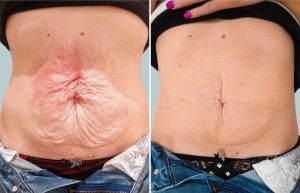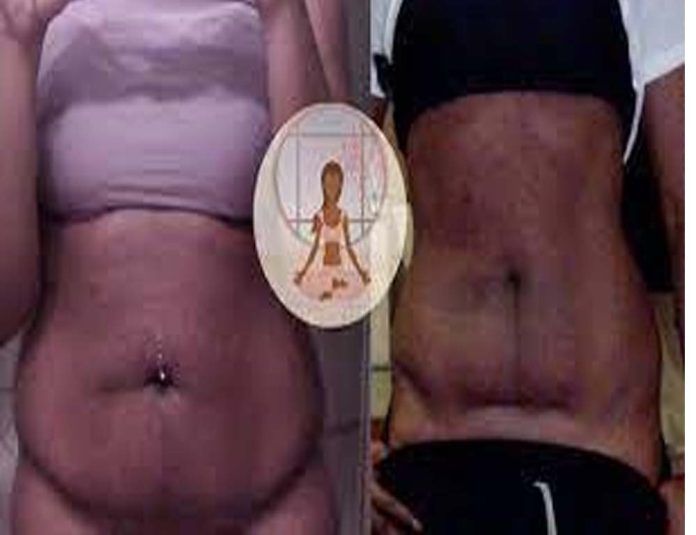The weight loss journey often brings about numerous physical and emotional changes. While the shedding of excess pounds is celebrated, it sometimes leaves behind loose skin, a physical remnant of past weight.
A 2014 study on Plastic and Reconstructive Surgery indicated that out of 112 patients who underwent bariatric surgery, over 70% desired body-contouring surgery due to dissatisfaction with the excess skin.
This underscores a widespread issue that extends beyond mere aesthetics, impacting both physical comfort and emotional well-being.
This article provides a straightforward look at various approaches to manage loose skin post-weight loss without resorting to surgical procedures.
 Building muscle mass
Building muscle mass
Building muscle through strength training exercises is a viable strategy to fill out the area where loose skin is apparent, subsequently offering a firmer appearance.
Engaging in exercises like weight lifting, pilates, or other muscle-building activities can offer a natural ‘filling’ to the loose skin area.
Hydration and nutrition
Maintaining optimal skin elasticity involves adequate hydration and nourishment. The National Academies of Sciences, Engineering, and Medicine recommend a daily water intake of about 3.7 liters (or 13 cups) for men and 2.7 liters (about 9 cups) for women, including all beverages consumed. Ensuring a balanced diet rich in fruits, vegetables, lean protein, and healthy fats, particularly those high in vitamin E and C, can aid in maintaining skin health.
Topical treatments
The effectiveness of topical treatments like creams and lotions often depends on individual skin types and conditions. Some ingredients, such as hyaluronic acid and retinoids, have demonstrated potential in improving skin elasticity. However, while some individuals may notice improvements, it is essential to set realistic expectations as the effects can be limited and variable.
 Non-surgical skin tightening
Non-surgical skin tightening
Technology has introduced non-surgical skin-tightening options such as laser therapy, ultrasound, and radio frequency.
For instance, a study in Dermatologic Surgery published in 2014 noted that out of 499 subjects who received micro-focused ultrasound treatment, 94% reported an improvement in skin lifting after 90 days. Though these treatments can be less invasive alternatives to surgery, outcomes, costs, and side effects must be thoroughly considered and discussed with a healthcare provider.
 Compression garments
Compression garments
Compression garments, while not a solution for skin tightening, can provide physical comfort and aesthetic smoothness under clothing. Various brands and types cater to different body parts and are usually worn temporarily following significant weight loss or until a permanent solution is found.
Collagen supplements
Collagen, a key protein in skin elasticity, has been researched for its potential in enhancing skin appearance. A 2019 review in the “Journal of Drugs in Dermatology” suggested that collagen supplementation might improve skin elasticity and hydration. While more research is needed, collagen supplements or products could be considered as part of an overall skin care strategy.
Conclusion
Managing loose skin after weight loss involves a multi-faceted approach, considering both physical and non-physical interventions. It’s crucial to approach this issue with realistic expectations and possibly, the guidance of healthcare and skincare professionals. Always remember that every step taken toward improved physical health is a victory in itself and the journey towards self-acceptance and love is equally significant.


